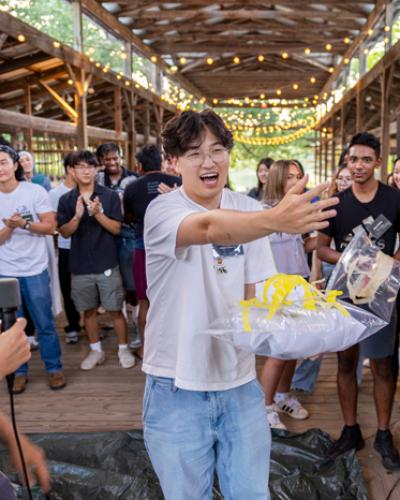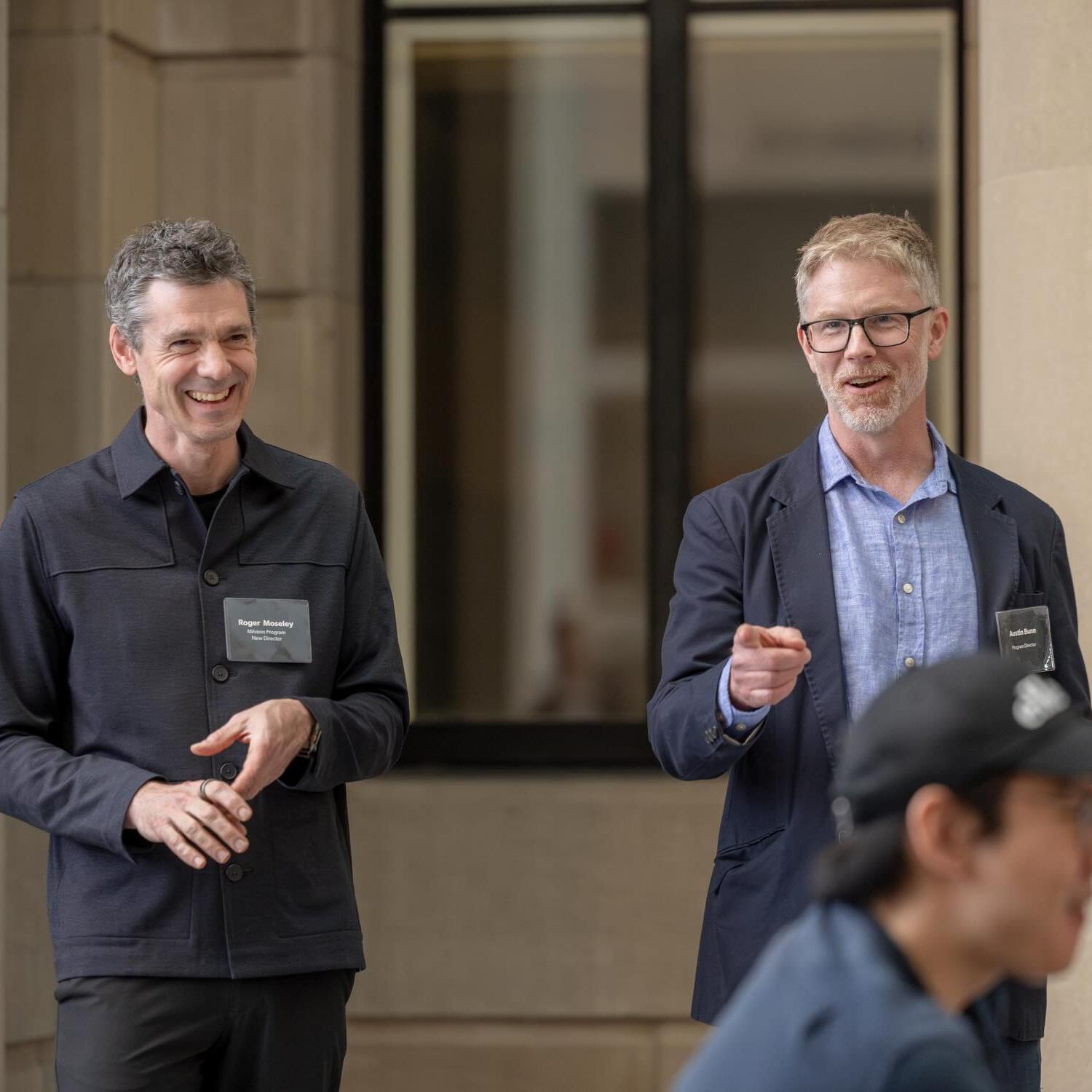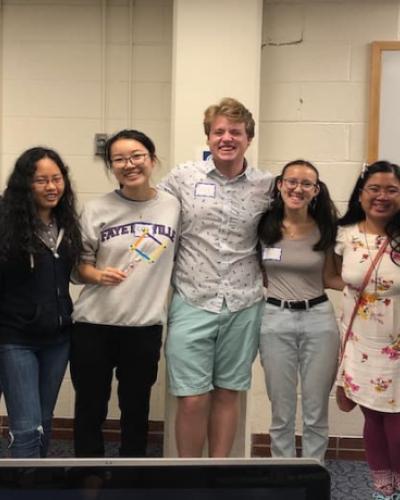When I first learned about the design thinking workshop with Diane Levitt and the Milstein Program last February, I was admittedly a bit skeptical. I was confused about what design thinking was, why it was important, and why we were being asked to participate in the workshop. By the end of the workshop, not only were all of my questions were answered, but I had been converted into a strong supporter of teaching design thinking. As a co-leader of the on-campus WICC Girls Who Code program, my first thought was about how I could adapt the workshop to work with our high school GWC students.
Design Thinking is, essentially, a problem-solving based approach to product development. The workshop encourages participants to immerse themselves in the perspective of their client and empathize with the issue at hand. The brainstorming session encourages wacky, creative solutions as well as more practical solutions to their problem prompt. The goal of the workshop is to develop a prototype for a solution that is an innovative and exciting way to address the problem but is still practical and accessible to the target user.

These skills are especially valuable for middle and high school students because creative problem-solving is often not heavily emphasized in other areas of the traditional K-12 curriculum. The workshop allows the students to try hands-on prototyping, work collaboratively and problem-solve in a group, exercise creative brainstorming skills, and communicate their ideas to others. All of these skills are incredibly valuable for any career area, but especially in technology. As co-leaders, we are always looking for ways to emphasize "soft skills" such as communication and group work in our computer science curriculum, which is why we were so excited to bring this workshop to our class.
We had enough students to split them into four groups consisting with 3-4 students and 1-2 volunteers per group. Each group was given a client, a problem, and a limitation. For example, one prompt was a dad who wanted to be able to change the channel on the TV without getting up, but the solution had to be physically soft to be safe around young children. Immediately after receiving their assignments, students brainstormed individually for five minutes, writing down as many of their ideas as possible (wackiness encouraged). Then, the students came together in their groups, and organized their ideas by practicality vs. creativity. As a group, they then selected their favorite solution and prototyped it out of craft materials. After a 30-minute work period, the students presented their solutions to the class.

The Girls Who Code high school class was the ideal candidate for an adaption of Diane’s Design Thinking Workshop. The class is run in collaboration with the WICC organization here at Cornell. Every Sunday afternoon, I and the other co-leader, Will Spencer, alongside a group of volunteers (all pictured above) lead a group of local Ithaca high school students through programming lessons and workshops.
We are constantly looking to vary our curriculum and try new things with our students, so we wanted to give the design thinking workshop a try. For our purposes, we envisioned it as a good introductory activity for students to get to know each other and work together regardless of skill level. Providing activities that are appropriate for all of our students, from the complete beginners to the 3-year participants, has been a frequent struggle for us. In terms of next steps: because the workshop went so well, we are making it a permanent part of the curriculum every semester, and we would like to try it with the middle school class. I am excited for the future possibilities of collaboration between the GWC class (and WICC in general) and the Milstein program, both in terms of these workshops and other areas.
For anyone interested: here is a link to the slides that we used to outline our structure for the workshop.





